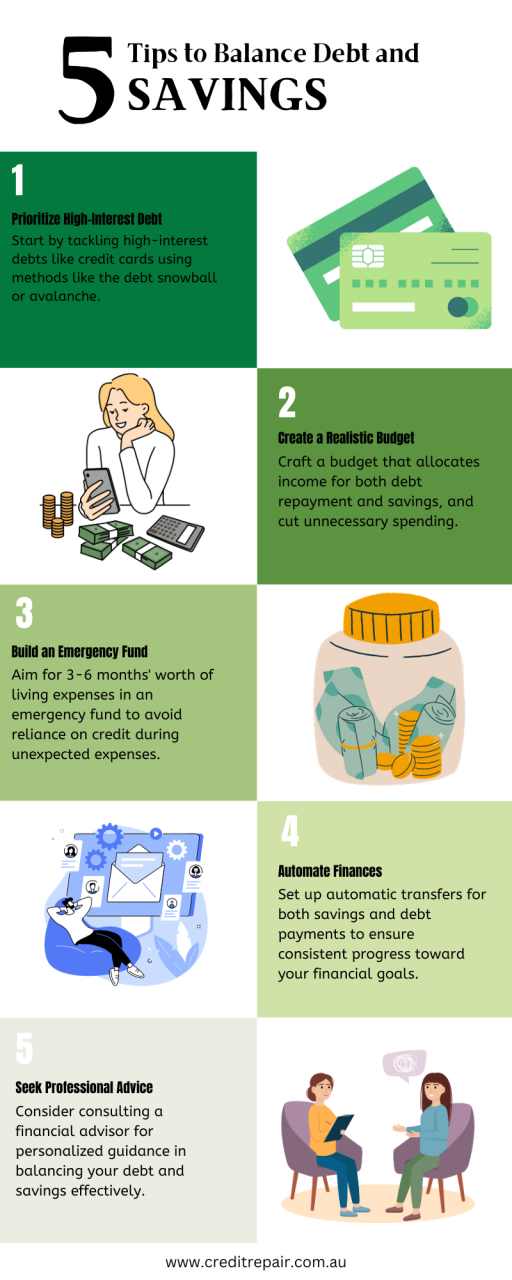Friday, 18 August 2023
Navigating the Storm: 5 Tips to Budgeting During a Cost-of-Living Crisis
In an era of economic uncertainties and fluctuating costs, the concept of budgeting has taken on a new level of importance. From rising housing costs to soaring grocery bills, a cost-of-living crisis can wreak havoc on personal finances. However, with careful planning and strategic decision-making, it’s possible to weather the storm and maintain financial stability. In this article, we’ll explore five essential tips to help you budget effectively during a cost-of-living crisis.
Assess Your Current Financial Situation
The first step to creating a budget that can withstand a cost-of-living crisis is to have a clear understanding of your current financial situation. This involves calculating your monthly income, tracking your expenses, and identifying areas where you can cut back. Use online tools, spreadsheets, or budgeting apps to organize your financial data. Once you have a comprehensive overview, you can make informed decisions about your spending habits and set realistic goals.
Prioritize Essential Expenses
During a cost-of-living crisis, it’s crucial to prioritize your essential expenses. These include housing, utilities, groceries, transportation, and healthcare. Take a close look at these categories and find ways to reduce costs without compromising on your basic needs. Consider negotiating bills, exploring more cost-effective transportation options, or finding ways to lower your energy consumption. By cutting unnecessary expenditures and focusing on the essentials, you can create a solid foundation for your budget.
Create a Lean Budget
A lean budget involves cutting discretionary spending to a minimum. Evaluate your discretionary expenses such as dining out, entertainment, and subscription services. While these are enjoyable, they can quickly add up, especially during a cost-of-living crisis. Temporarily eliminate or significantly reduce these expenses to free up more funds for your essential needs. Remember, this is a temporary measure to help you navigate the crisis and regain financial stability.
Build an Emergency Fund
An emergency fund acts as a financial safety net during challenging times. It provides a buffer that can cover unexpected expenses, such as medical bills or urgent car repairs. As you budget during a cost-of-living crisis, allocate a portion of your income to gradually build or reinforce your emergency fund. Aim to save at least three to six months’ worth of living expenses. Having this fund in place can help alleviate stress and provide peace of mind, knowing you’re prepared for the unexpected.
Explore Additional Income Streams
In times of financial uncertainty, seeking out additional sources of income can make a significant difference. Whether it’s taking on a part-time job, freelancing, or monetizing a hobby, these extra earnings can supplement your budget and ease financial strain. The gig economy and online platforms offer various opportunities to generate income from the comfort of your home. Just be sure to manage your time wisely to avoid burnout while juggling multiple responsibilities.
Navigating a cost-of-living crisis requires a combination of careful planning, disciplined spending, and adaptability. By assessing your financial situation, prioritizing essential expenses, creating a lean budget, building an emergency fund, and exploring additional income streams, you can develop a robust financial strategy to weather the storm. Remember that a crisis is temporary, and your budgeting efforts will contribute to your long-term financial resilience. Stay focused, stay adaptable, and stay in control of your financial future.
If you are struggling with budgeting and saving, then the Muney Masterplan course is just for you. Click here to learn more!

since version 3.0.0 with no alternative available. Please include a comments.php template in your theme. in


 You're an Australian resident
You're an Australian resident You're between 18-65 years old
You're between 18-65 years old You or your partner have a regular income
You or your partner have a regular income You may need to borrow money or take control of your debt
You may need to borrow money or take control of your debt You may have been declined for a loan or have trouble paying your debt
You may have been declined for a loan or have trouble paying your debt We'll work with you fully understand your financial situation
We'll work with you fully understand your financial situation We will help you understand your credit report and the areas for improvement
We will help you understand your credit report and the areas for improvement You may yourself without charge obtain a copy of your credit record and challenge any entry on your credit report
You may yourself without charge obtain a copy of your credit record and challenge any entry on your credit report If you're applying for credit restoration improvement, we cannot guarantee that all adverse credit notations are removed from your credit report
If you're applying for credit restoration improvement, we cannot guarantee that all adverse credit notations are removed from your credit report We can only use our best endeavours to ensure that your credit record is true and correct
We can only use our best endeavours to ensure that your credit record is true and correct We will not provide you with any Insolvency services unless and until we've advised you that you may obtain help, free of charge, with credit and debt related problems from community based financial counsellors.
We will not provide you with any Insolvency services unless and until we've advised you that you may obtain help, free of charge, with credit and debt related problems from community based financial counsellors.





Leave a Reply